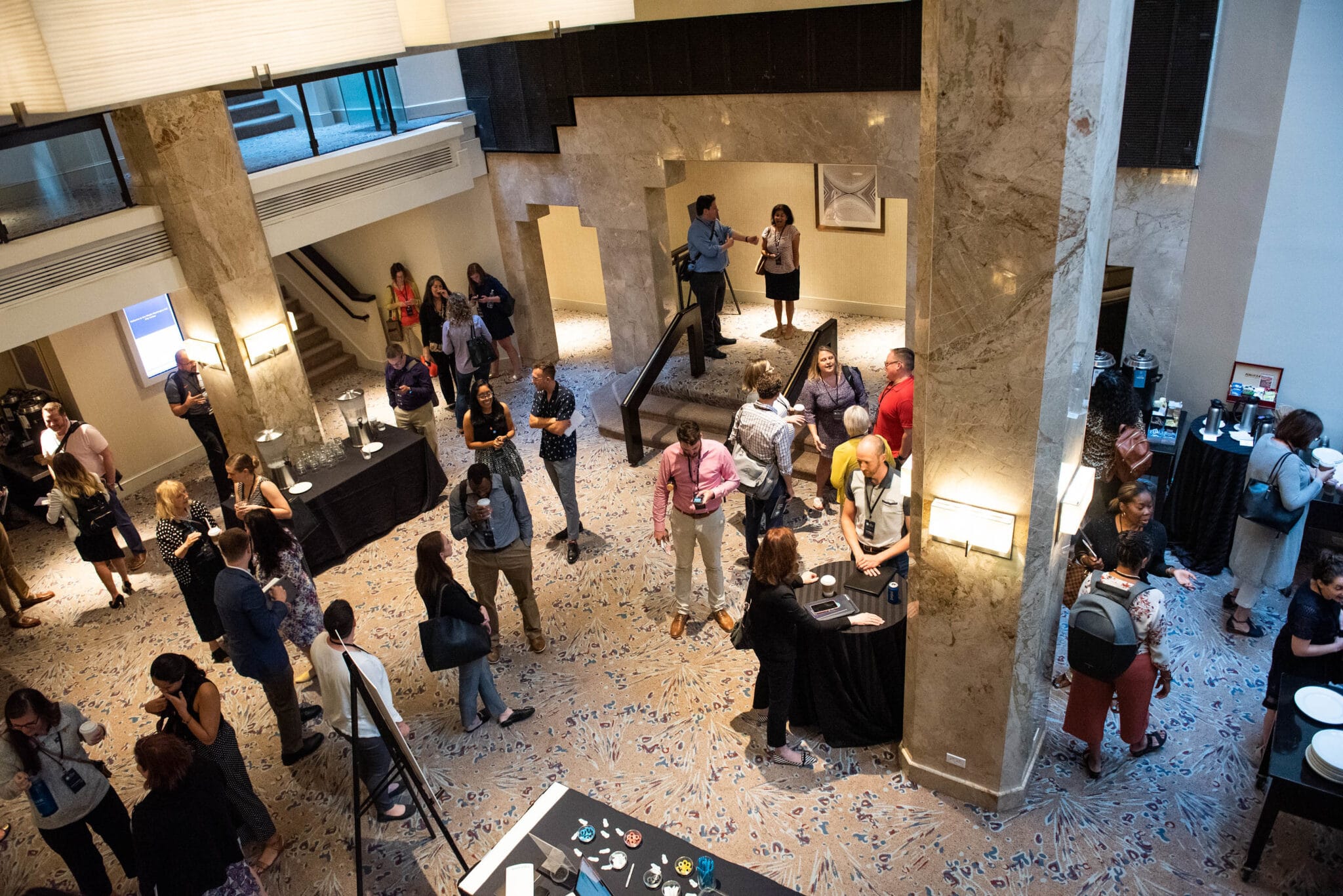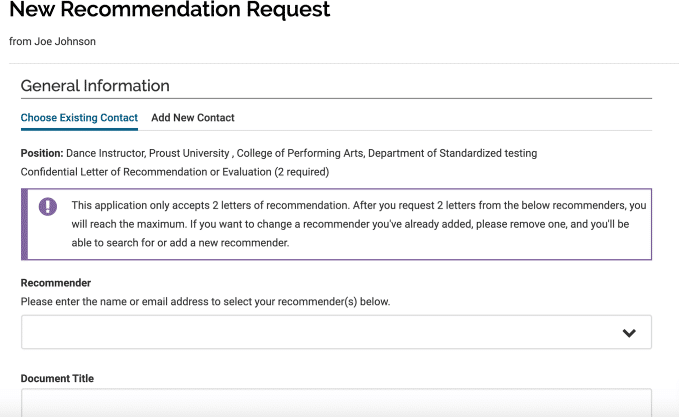This post continues our series Confessions of a Full-Time Adjunct. Read my previous post about the top benefits of teaching at a community college.
Interviewing for a full-time job at a community college is an experience I was completely unprepared for coming from a PhD program. After speaking with K-12 teachers, I think that community college hiring practices are more similar to that level than to what goes on at 4-year colleges. The community college approach is highly formulaic and rigid—rubrics and a scoring-systems are involved. And in the end, it’s an administrator who makes the final call on which of the finalists gets the job.
My purpose here is simply to clarify what the interview process for a community college job generally entails. Although I’ve never personally been successful in navigating the process, I do think that many of my early rejections were caused by the fact that I didn’t understand the interview system at all. So, I hope what follows helps you understand the situation better than I did.
Overall structure and process
In terms of structure, there is a committee that reviews applications and a first-interview committee (who may also run the second and possibly third interview). Sometimes the “paper” committee (that reviews the applications) is different than the first-interview committee. In that situation, the people who interview you haven’t seen your materials. Because of that, you need to somehow cover all your major qualifications while responding to the interview questions.
The general committee format
In terms of committee make-up, usually the first-interview committees are made up of full-time professors in your field. However, I’ve been to a few first-interviews that included classified staff, administrators, and even students. There, the challenge is to communicate your expertise to an audience of non-experts. It can be very unnerving.
The first interview
In terms of the format and content of the first interview, you are almost always asked to arrive early to review and take notes on the interview questions beforehand for around 15 minutes. If you are in English (and maybe in other writing-heavy fields), also expect to be asked to grade a sample student paper during this time. During the interview, you’ll be asked to explain the rationale for your comments and grade.
Be prepared to teach
Since community colleges are true teaching colleges, also expect to be asked to prepare a 20-minute (or so) teaching demonstration. During the teaching demonstration the committee members act as your students, and in some cases they even role-play as students by misbehaving, or getting off-task, etc.
Question and answer portion
Once you are before the committee, a strange thing happens. They place the list of questions on the desk in front of you and then each committee member takes turns reading each question aloud to you before you answer them. While usually a bit awkward, the formulaic approach ensures they treat everyone the same.
They are generally not going to ask follow-up questions during a first-interview. At most, they will ask for an example of whatever you’ve just said. They are not allowed to ask you about the specifics of your CV, and in some cases (as I said before) the interview committee may not have seen your CV.
If you make it past the first round…
Second and third interviews vary quite widely. I’ve been to some that were with the President, VP, Chair, first-interview committee members—a whole table of people. Some were just the President and VP; other times, it is just a VP. In another variation the second interview was a teaching demonstration in front of a class of real students. They took input from those students, but some of the first-interview committee members were also present to evaluate my demo. At another school, the third interview is just a formality. If you get it, it means you got the job.
In short, once you make it to a first-interview, you can ask Human Resources about that school’s particular process, or you can ask at the end of the first-interview.
Although the make of second and third interviews can vary, in my experience, they are quite similar to first-interviews in terms of the types of questions and the chance to review them beforehand. However, in the end, it’s the President or VP who makes the final decision. My understanding is that the first-interview committee (which is made up mainly of faculty from the department) makes a recommendation about who they prefer, but the administrator can override that decision.
Now, some specific advice and tips…
The rubrics
The “Desirable Qualifications” section of the job announcement is basically a list of concepts, trends, and skills you want to hit—in your cover letter and in your first interview. You have to spell out very obviously to the committee members reviewing applications and the first-interview committee that you fit all the key things they are looking for.
My understanding is that both committees fill out a rubric that is created based on those desirable qualifications. Each candidate receives a score, and that’s how you advance. In case you don’t make it past the first interview and want to see how you did, you can request to see these rubrics via HR to get a better sense of how this system works.
Teaching demonstrations
I advise that you take these very seriously. Don’t be boring. Get them doing something, and even better get them moving around the room. Also, use something that you’ve done plenty of times in class so you know the little quirks of the lesson, and you can show off that skill of guiding students where they need it. Don’t do something totally new that you’re unfamiliar with. Show off your strengths as a teacher; give them a sense of what you are like.
What has your experience been?
I hope some of this is helpful and I’d love to hear what your experiences have been like interviewing for full-time jobs at a community colleges. Connect with Interfolio online on Twitter, and good luck with your applications!
Author bio: Dr. Lauren Nahas has a PhD in English from the University of Texas at Austin. She is a full-time adjunct in the San Francisco Bay Area.









